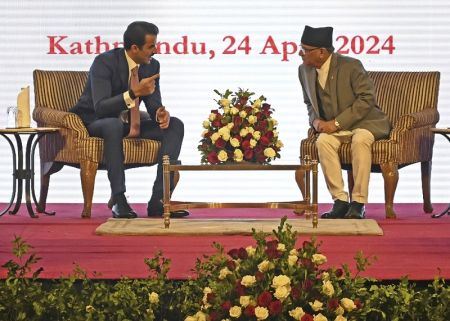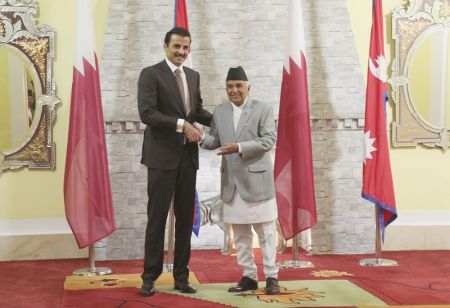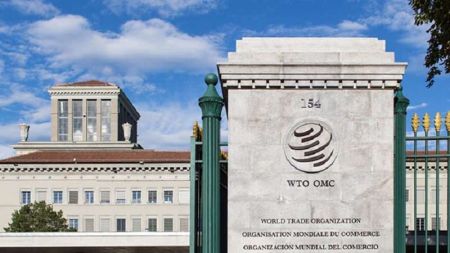Etihad Airways is the National Airline of the United Arab Emirates (UAE). It has established itself as the world's leading airline in less than eight years. The airline was set up by a Royal (Amiri) Decree in July 2003 with UAE's capital Abu Dhabi as its hub. It commenced commercial operations in November 2003 and has gone on to become the fastest growing airline in the history of commercial aviation. The airline's near-term focus is on breaking-even in 2011 and moving into sustainable profitability in the following year. Etihad began daily flights to Kathmandu, Nepal on 28 October 2007 and maintains its corporate office at Yak & Yeti Office Complex in Durbarmarg. We are happy with our success here in a short span of time and hope to increase our flight frequency sometime later this year, says John Rees Evans, Etihad's Country Manager for Nepal. He adds, Nepal is primarily a labour oriented market but there is tremendous potential in the business and leisure traveller segments as well.
It has partnered with Gokarna Forest Resort (golf) and Dwarika's Hotel (ancient cultural heritage) locally to entice travellers from the Middle East to spend quality time in Nepal. Etihad carries out its sales functions through affiliated travel agencies in Nepal and encourages them by acknowledging their contributions as well as providing them incentives. It also indulges in indirect marketing with popular brands such as Coca-Cola and Suzuki for brand enhancement. The popularity of Indian television channels certainly helps with its spill over advertising effect in Nepal Etihad's TV promotional has brand ambassador Katrina Kaif appearing in a dance sequence at the first class lounge. A number of airlines from the Middle East enjoy a strong presence in the Nepali market. Our competitors have been operating in the market for a longer period than us but we have our own niche market to cater to, Evans exudes confidence about holding his own with the competition.
Evans believes in treating people the way he wants to be treated himself. He has been in Nepal for nine months now and calls it a pleasant experience. The employees here in Kathmandu that works with me are surprisingly good and very enterprising people, He said. He lets people perform their best and believes in leading by example. He asserts that Etihad being a relatively new entity has its own advantages. We don't have the baggage like some other international airlines and enjoy reasonable freedom, he tells. Looking at growing the market, Evans is buoyant about the current legislation of own handling at Tribhuvan International Airport (TIA). He is particularly positive about Nepal's only international airport beginning 24 hours operation anytime soon.
Etihad Nepal is working towards implementing fast track operations through its counters at TIA. As part of its endeavour, it has already established a separate counter for business travellers while checking-in at TIA. It also boasts of a shared executive lounge for business travellers operated by Hotel Radisson. We have plans to have chefs on board flights to cater to personal taste of our travellers, Evans states. The airline also provides attractive packages for Kathmandu flights by announcing news tariffs which are aimed at improving passenger satisfaction levels and contributing towards Nepal's tourism sector.
Etihad Airways-Nepal factsheet
Flight Details: Kathmandu (KTM) Abu Dhabi (AUH)
7 days a week
Mon, Wed, Sat 5:30 pm and
Sun, Tue, Thu, Fri 9:15 pm
Aircraft Model: Airbus A330-200 / A320
(as per availability)
Employees: 11 employees at the Corporate Office
12 Ground Staff at TIA
SWOT Analysis
Strengths:
Motivated employees
Strong product and service
Can Do approach
Good connectivity through the busy Abu Dhabi hub
Weaknesses:
Comparatively a new entrant
Opportunities:
Building density into the network
Optimising the fleet and its utilisation
Reaching profitability
Planning for growth
Continuing to innovate
Threats:
Frequent strikes
Security issues





















